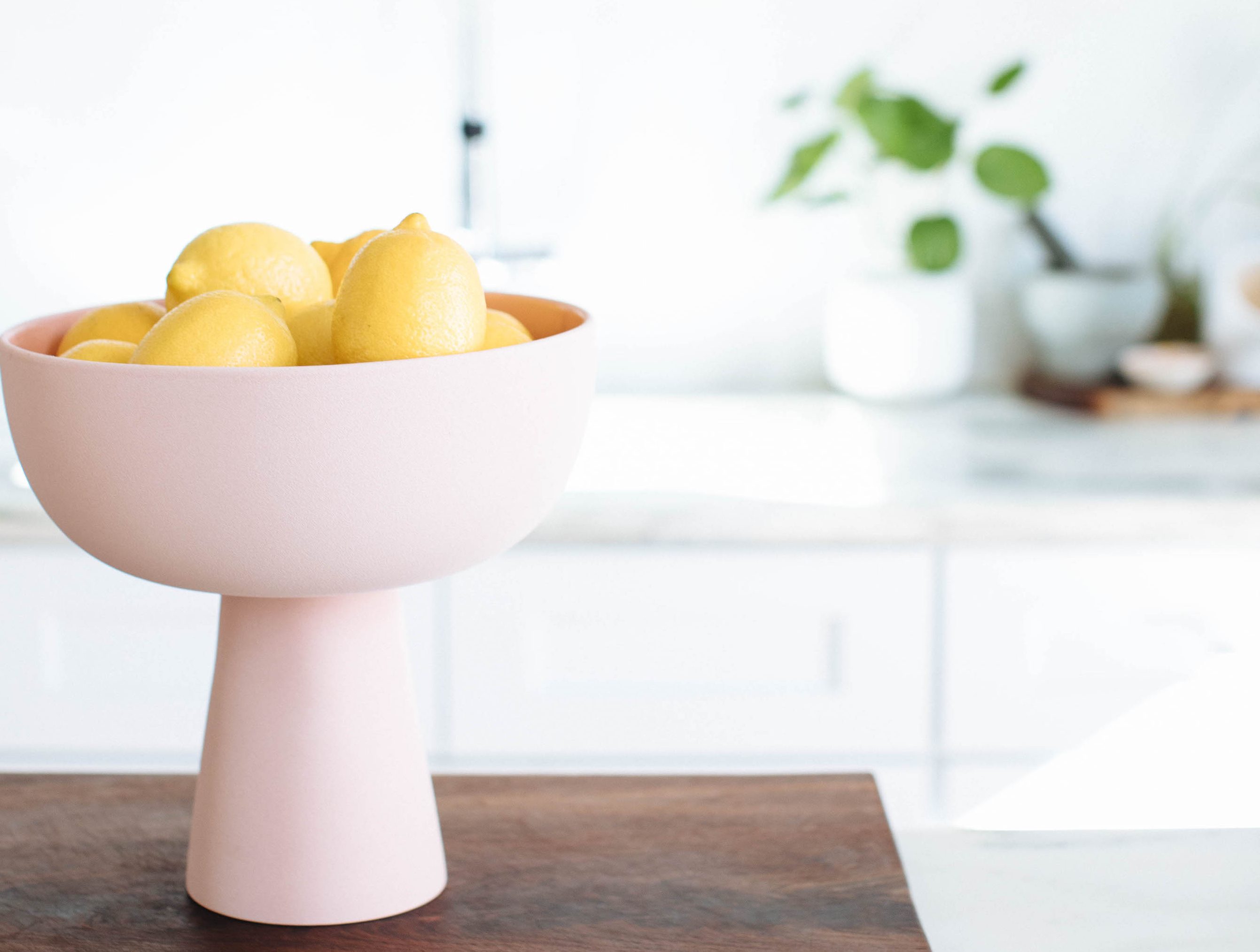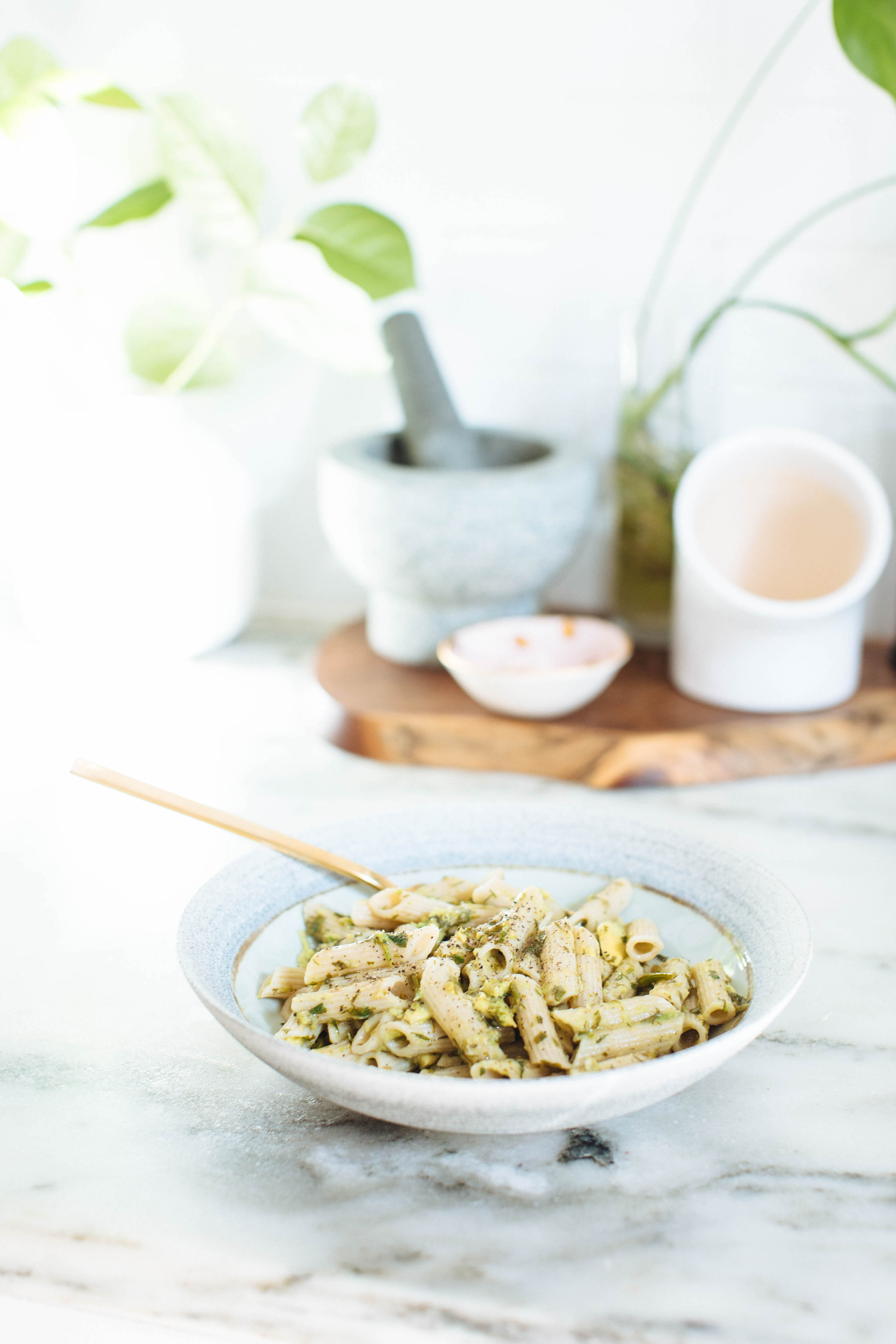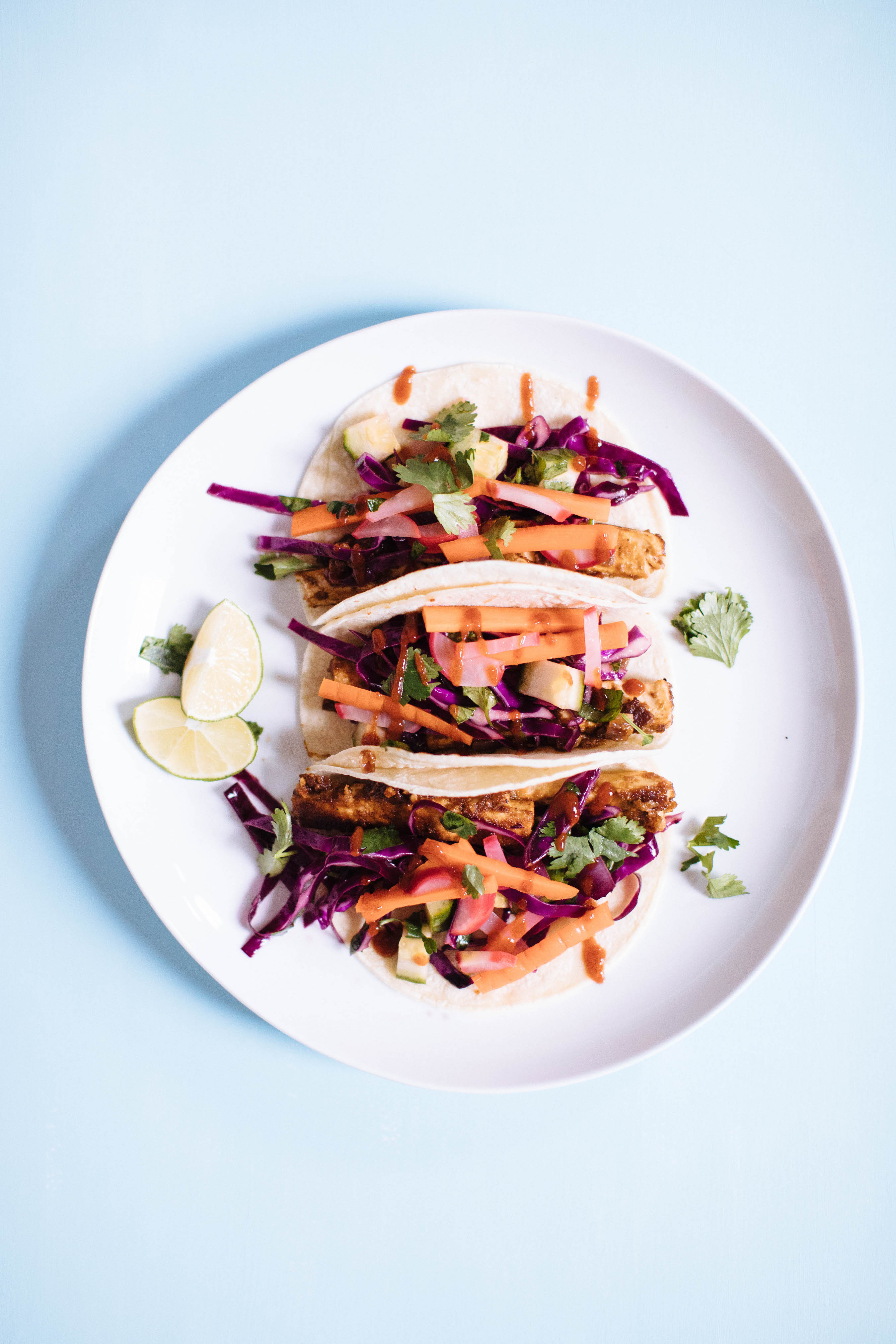Meal planning is a foundational tool when it comes to eating healthy, but what if you get bored? Try this tip so you ~ never ~ get bored with meal planning.
If you’re new to meal planning or a pro, then you know first hand there’s a possibility that you can get bored meal planning.
Meal planning is one of several tools I personally use as a dietitian and with my clients to keep them on track with their health and nutrition goals. It’s a simple system, yet it can be overwhelming to start. I get it!
What Is Meal Planning
Meal planning is a system (there are many ways to do it) where you prepare meals in advance for the week ahead. I developed one of the leading and first dietitian-approved and dietitian-created programs called the Master Meal Planning program years ago, and we’ve helped thousands make cooking and healthy eating simple.
I wanted to share some lessons from our program and how you can apply it to your life during a busy holiday season and develop the skills and expertise to successfully meal plan for life! If you want a crash course in meal planning, then sign up today for the free 4-part Introduction To Meal Planning course!
The Tip That Keeps Boredum At Bay
This simple tip is really a concept, called meal components.
I discovered meal components when trying to make meal planning even more simple and realistic for me to do each week — without the boredom that meal planning often can give you.
What are meal components?
Meal components are interchangeable food items that go with everything else you cook — basically, it’s a meal planning mix and match.
If you’re familiar with meal planning or it’s already part of your life, then I’m sure you’ve seen some meal planning systems out there that rely on making full recipes or adding tons of things to one meal prep container to make a meal, right?
I have, which is why I had to find a solution to switch it up for my life but also my clients who practice some form of meal planning to stick to their health goals and healthy eating.
Bye food fatigue
For example, let’s say you make a recipe that’s for enchiladas or burritos all week and by Tuesday you’re already not in the mood for it and have massive food fatigue so you skip what you made and go get fast food or dine out.
You’ve not only just wasted money (most likely), but unfortunately, you’ve probably wasted your time from cooking, your energy, and have a higher chance of increasing food waste.
Some foods just don’t stay as well for a week at a time when they’re made fully — take pasta for example! You can’t really store that well without losing the texture and the flavor sometimes changing.
That’s why making meal components, cooking them really simple, and storing them solo in the fridge to use later in any recipe you like, is key to making batch cooking work for you and for others in your household.



Mix and Match Meals
These meal components are made on your batch cooking day. A couple examples of meal components would be:
- cooked quinoa, rice, grains
- roasted vegetables
- hard-boiled eggs
- a soup
- massaged kale salad
- hummus
- homemade plant-based milk
- cooked lentils
- sliced vegetables
- the list goes on!
The key thing to remember with meal components is anything that can be added with something else to build up a meal. It’ll also help you create balanced meals with whole food carbohydrates, healthy fats, fiber (hello veggies!), and protein.
For example, you can switch up your meals by using really simple and prepped meal components by adding spices, “superfoods”, dressings, and condiments.
Spices are a great way to switch it up! If you find yourself steaming or roasting vegetables but falling into a rut, consider adding spices like high-quality sea salt, cinnamon, cumin, ginger, garlic, red chili flakes, and turmeric to give the veggie (which is a meal component) a nice boost.
Example of how to use meal components
A couple that I often make on a batch cooking day is quinoa, roasted veggies, and massaged kale salad.
Let’s say on Monday for a quick lunch to a large bowl I add all of those things, add on a drizzle of olive oil (for healthy fat), scramble some eggs (protein), and add a dressing and fresh herbs.
Then the next day for lunch, I can use the same exact ingredients and if I’m bored, then I can switch out the dressing, the fresh herbs, and the protein. It’s really that simple!
And of course, implement the rotations hack, which we covered in this article about how it can also help reduce food waste!
p.s. and if you DO get bored, then that’s also why I created the Master Meal Planning program which maps out the entire meal planning system I developed over the years using it personally, with my clients, and now with thousands of the NS community!
It has cooking plans, shopping lists, meal plans, and everything you need to follow for healthy eating.
Contribute!
How do you switch it up when it comes to meal planning? Do you try new foods, spices, condiments, etc.? Share your thoughts with the rest of the community or on Instagram @nutritionstripped
The post Never Get Bored With Meal Planning appeared first on Nutrition Stripped.
from Nutrition Stripped http://bit.ly/2R27HJm
Post a Comment